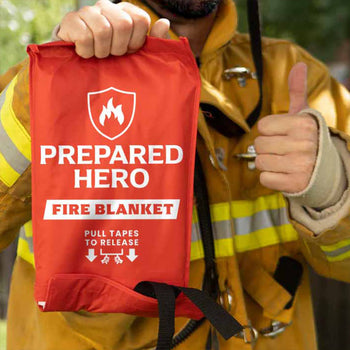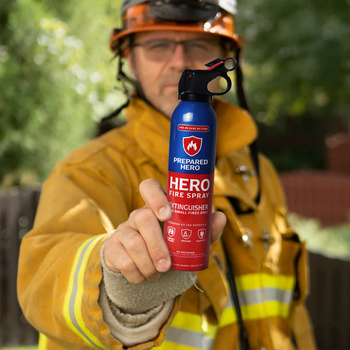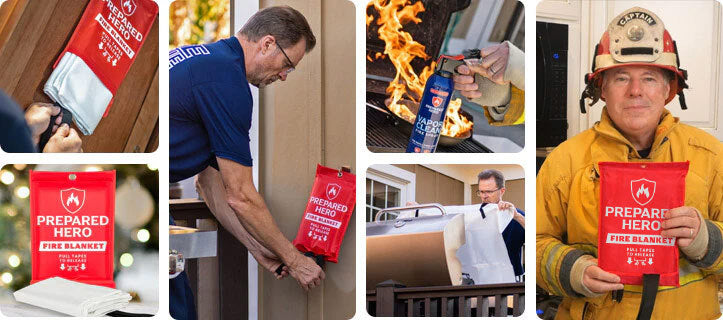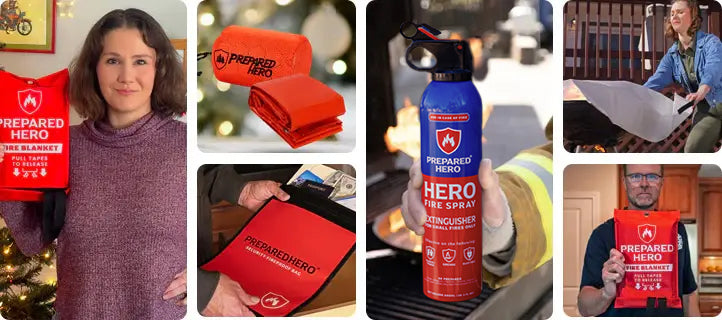Where you put your smoke detectors matters just as much as installing them. Proper placement makes sure they can detect...
Did you know? About two out of every five house fires involve solid-burning fuel, like those in fireplaces.
But how do you keep your household safe from fireplaces? Are there any practices that reduce the risk of fireplace fires? Find out more below.
5 Fireplace Safety Tips for Homeowners
Fireplaces offer warmth and relaxation, but they also put you and your family at risk. Ash, embers, and wood are dangerous fire hazards that can set your house ablaze.
Here are some fireplace safety tips to keep your loved ones and property safe:
1. Use dry wood.

We can’t emphasize the importance of using dry wood enough.
Fires started using damp wood extinguish faster and produce excessive smoke. They can also cause creosote (refined wood tar) to build up in your chimney.
On the other hand, dry hardwood like maple, oak, or cherry burn longer and produce more heat, especially if they’re seasoned for six months or more.
2. Use a screen.

Many prefer an open fireplace because of the crackling sounds, warm air, and fresh smell. However, using your fireplace without a screen puts your home at risk. Imagine an ember flying out of your fireplace and landing on your carpet.
A fireplace screen contains embers and other particulates that can ignite fires. It can also protect children and pets from accidental burns. In addition, federal authorities require gas fireplace manufacturers to install fireplace screens, solidifying its role in fireplace safety.
3. Never leave the fire unattended.

Don’t leave the fireplace burning, not even for a short time. Sparks can fly out in minutes, land on a flammable object, and start a fire that can spread quickly.
If you have quick errands to run, ask someone else to watch the fireplace. Otherwise, you’re better off putting out the fire. Do the same when you have to sleep or go to another room.
4. Sweep the ashes regularly.

If you want your fireplace to stay in top shape, make sure to sweep out the previous fire’s ashes before starting the next one. Ash accumulation can lead to restricted airflow, which increases the risk of chimney fires.
You should also make sure that the ashes have cooled down before scooping them out and putting them in a metal container. Make sure the ashes are completely extinguished before throwing them outside in a damp area away from grass and bushes.
5. Invest in fire safety tools.

Aside from the usual fireplace cleaning tools, you should also invest in fire safety tools.
A fire kit is your first line of defense against fire. Your fire kit should contain an emergency fire blanket, fire spray, fire protection gloves, and a smoke mask. Then, place your fire kit near the fireplace, but not too close to the fire that it’ll be hard to grab them when the fire gets out of control. If your space allows it, we recommend putting a fire extinguisher in your living room for bigger fires.
Conclusion
Using dry wood, installing a screen, never leaving the fire unattended, sweeping the ashes regularly, and investing in fire safety tools help keep your family safe from dangerous fires.
If you’re looking for reliable and non-toxic products, check out fire safety tools now. Stay prepared, hero!


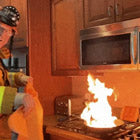 Fire
Fire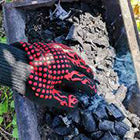 Safety
Safety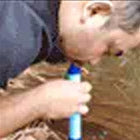 Survival
Survival Protection
Protection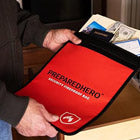 New
New Scouting America
Scouting America
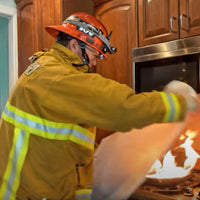 Fire
Fire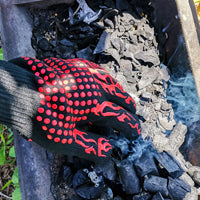 Safety
Safety Survival
Survival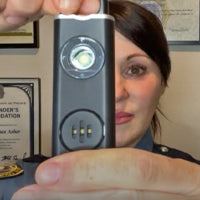 Protection
Protection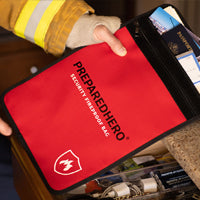 New
New
